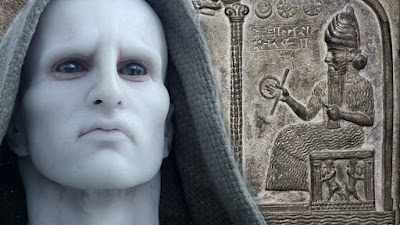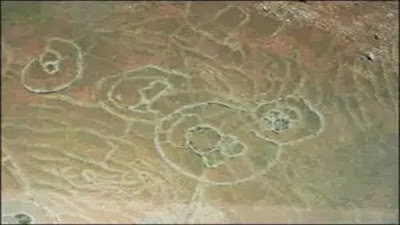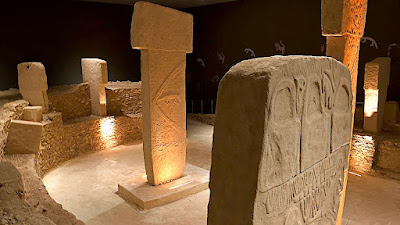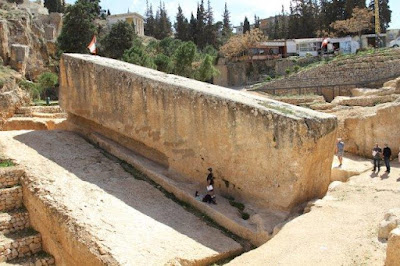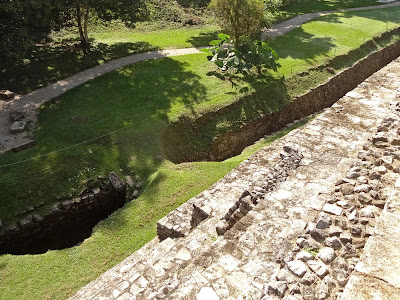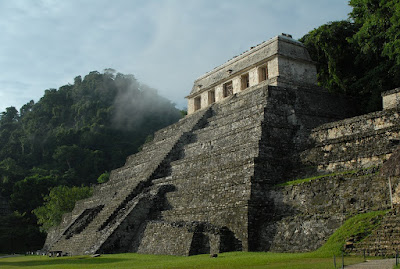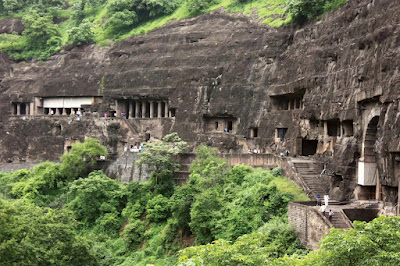Of all the mysteries that lie beneath the ocean, one of the most intriguing is the legend of a sunken city off the coast of Cuba. According to the legend, the city was built by an ancient civilization and contains many pyramids, statues, and other structures that have been covered by the ocean. It's a tale that has captured the imagination of people around the world, and in 2001, it became the subject of intense scientific study. Marine engineer Pauline Zalitzki and her husband Paul Weinzwieg, owners of a company working on an exploratory project in conjunction with the Cuban government, discovered the underwater city off the coast of the Guanahacabibes Peninsula in the Pinar del Río Province of Cuba. The site covers an area of 2 square kilometers, and sonar images captured by Zalitzki and her team show many strange stone structures, including large circles, pyramids, and smooth blocks of stone. The discovery has left scientists and archaeologists alike intrigued and searching for answers.
The possibility of sunken cities and lost civilizations has long been a fascination of both archaeologists and the general public. In 2001, marine engineer Pauline Zalitzki and her husband Paul Weinzwieg discovered what they believe to be an ancient sunken city off the coast of Cuba. The discovery has intrigued many experts, but also sparked a great deal of controversy.
The underwater city is located off the coast of the Guanahacabibes Peninsula in the Pinar del Río Province of Cuba. It covers an area of two square kilometers, and according to Zalitzki and her team, contains a number of intriguing stone structures. These structures include large circles, pyramids, and smooth blocks of stone.
Zalitzki initially believed that the site could have been the remains of a large urban center that had been submerged by rising sea levels. However, the site's depth has made further exploration difficult. Despite the challenge, scientists have been intrigued by the discovery and have attempted to learn more about the site.
Several geological experts have weighed in on the underwater city in Cuba. Senior editor at National Geographic, John Enclave, studied the images and offered this comment: "They are interesting anomalies, but that's as much as anyone can say right now, but I'm no expert on sonar and until we are able to actually go down there and see, it will be difficult to characterize them."
A respected professor of oceanography named Robert Ballard was also skeptical of the discovery, stating that it was too deep to be human-made. "You have to ask yourself: how did it get there? I've looked at a lot of sonar images in my life, and it can be sort of like looking at an ink blot -- people can sometimes see what they want to see. I'll just wait for a bit more data."
Despite these reservations, many experts continue to believe that the site could be the remains of an ancient civilization. Marine geologist Manuel Iturralde found the site fascinating, but believed that further study was necessary before any conclusions could be drawn. He argued that it would take at least 50,000 years for human-made structures to sink to the depth at which they were found.
The sunken city off the coast of Cuba is a mysterious and intriguing discovery that has captivated the attention of scientists and historians. Although it is still uncertain whether the structures are the remains of an advanced civilization, or simply natural geological formations, the idea of an ancient city lying beneath the waves is undeniably fascinating.
Despite the difficulties of exploring such a deep and remote site, efforts are being made to learn more about this underwater world. With advancements in technology and a growing interest in oceanography, it is possible that one day we may uncover the true nature and history of Cuba's sunken city.
Until then, this enigmatic site remains a testament to the mysteries and wonders of our world, reminding us that there is still so much we have yet to discover and understand!
Read more - Underwater Lost Fortress Found In Lake Van, Turkey








